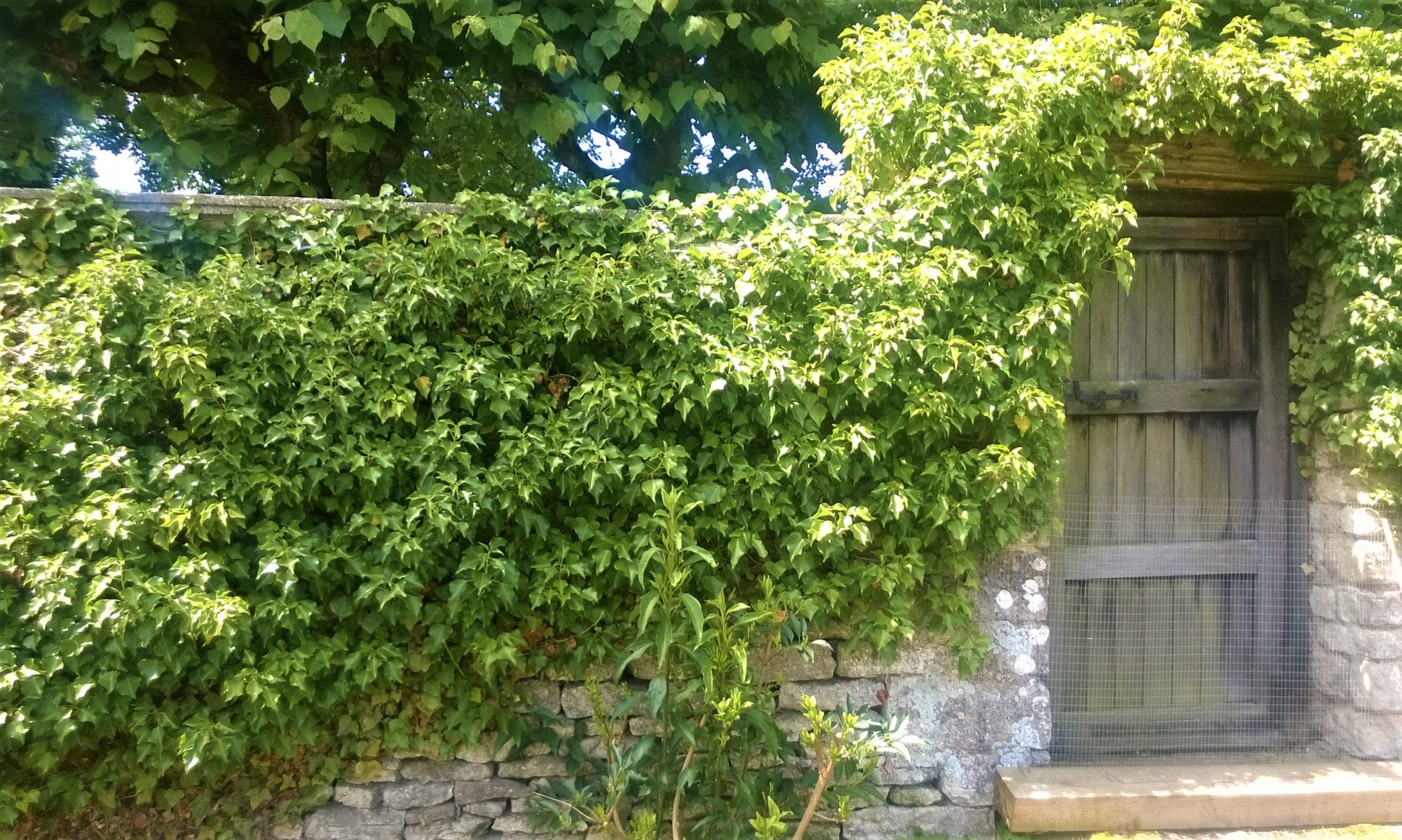Informative video about Qatar University.
Qatar University: College of Pharmacy 2009 White Coat Celebration
The Qatar University College of Pharmacy presents the 2009 White Coat ceremony and Canadian accreditation celebration!
In Doha, Director-General discusses Emergency Education Initiative with HH Sheikha Mozah Bint Nasser
also by other donors and will be implemented in 2012 – 2015 in order to contribute to the realization of UNESCO’s main strategic objectives. The emergency initiative will support the programme and budget adopted by the 36th General Conference, in particular the reinforcement of leadership for Education for All, through advocacy, partnership and monitoring, with a special emphasis on girls and women. Concerted attention will be placed on the least developed countries, which are furthest away from reaching the Education for All goals.
Qatar, Sidra Medical and Research Center
Sidra Medical and Research Center will be an ultra modern, all-digital academic medical center designed and planned according to the highest international standards in health science. It will offer specialty care for women and children.
Qatar Foundation Education City
Education City Qatar
Education City in Qatar (video)
Qatar Education City
Northwestern University in Qatar
Welcome to Northwestern University in Qatar
Look at Northwestern University in Qatar through the eyes of its students.
Northwestern offers programs in journalism and communication in Qatar.
Three Secrets of Learning Arabic
Still, maybe you’re undaunted. Maybe you need to learn Arabic for your career. Or maybe you’re one of those travelers who long to step off the tourist trails and immerse themselves in a fascinating new culture.
If you’ve had some experience with foreign languages, you already have an idea of what it takes — above all, an appetite for hard work. But Arabic has special features that make it a different challenge from, say, Spanish or French. Here are few tips to make your journey easier.
Practice your ‘ayns. Unfortunately, Arabic has several consonants that don’t exist in English or any other Western language. The king of these is the ‘ayn (Arabic ?)—a perfectly ordinary sound for native speakers, but a major challenge for most novice learners, since it’s pronounced with muscles English speakers rarely use in speech. With diligent practice, though, even the ‘ayn can become second nature. If you put in the time and effort to master it and other difficult sounds at the outset, you’ll spare yourself a lot of trouble in the future (and perhaps impress new friends abroad with your accent).
]]>
Get to the root of the problem.One reason why consonants are so key is that the majority of Arabic words are based on a so-called triliteral root — that is, a cluster of three specific consonants. A single root can be manipulated to produce many different words, all related in meaning. For instance, the root k-t-b is related to writing. The verb kataba means “to write”, the noun kit?b means “book”, a k?tib is a writer, and so on. As long as you know a word’s root, it’s often possible to guess its meaning, even if you’ve never seen it before. Learn as many roots and their meanings as you can, and you will be on your way to cracking Arabic’s immense vocabulary.
Learn a dialect — or two, or three. In a way, it’s misleading to say that “Arabic” is just one language. There’s classical Arabic, the language of the Qur’an. There’s its cousin, Modern Standard Arabic: the language of books, magazines and TV news. And then there are the numerous dialects that people actually speak at home, at work, and almost everywhere else outside of school. With Modern Standard, you can read poetry, surf the internet or debate politics — but in order to socialize or otherwise function in everyday life, you must learn the dialect of the area where you are living or traveling.
Unfortunately, few Arabic language programs teach dialects in any depth, so you may need a tutor to teach you the basics. Of course, the single best way to learn a dialect, and Arabic in general, is to live in an Arab country for a while. Your grasp of the language is bound to improve, and you just might come away with a new perspective on the world.
Article from articlesbase.com
Find More Learn Arabic Abroad Articles
